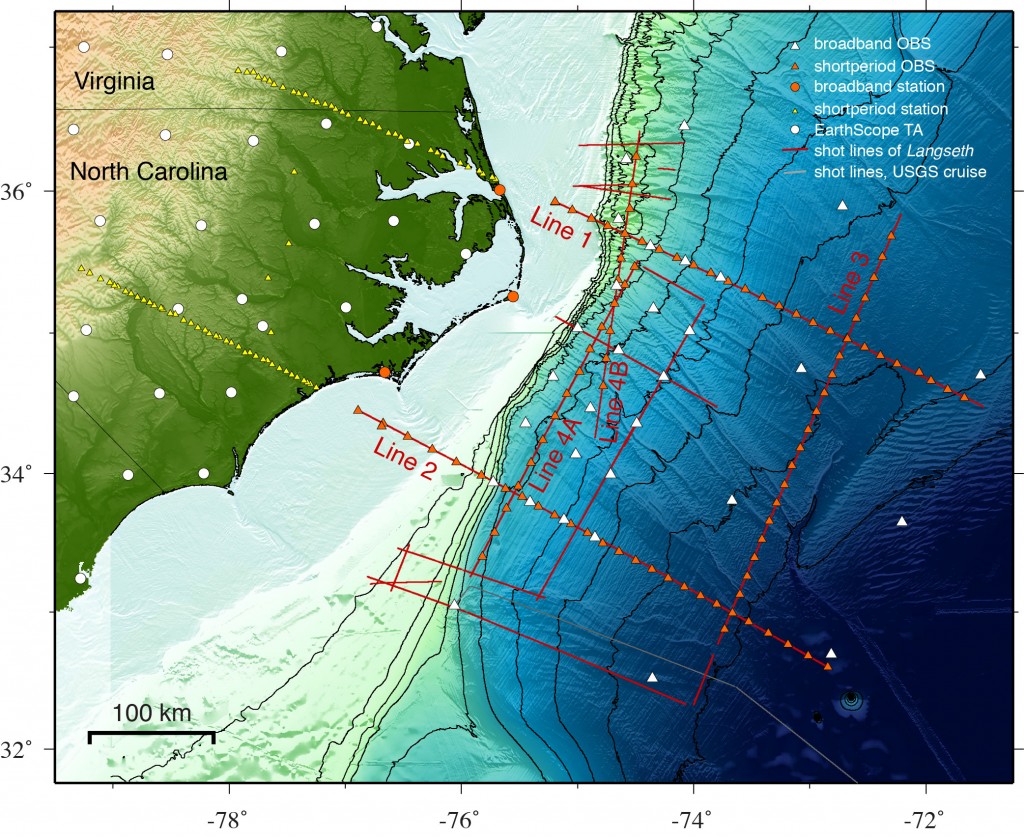NSF’s Marine Geology and Geophysics (MGG) Program is looking to hire a new Science Assistant. The Science Assistant will work with the Program Officers as well as others in the OCE Division, providing service to the Programs and simultaneously developing an understanding of key aspects of the science and engineering enterprise that will be valuable to a future professional scientific career. Science Assistants help to manage the Program’s merit review process and award oversight activities, and may also participate in other developmental assignments including report preparation, working with other parts of NSF and other government agencies, and exchanging information with the scientific research community.
Interested parties should contact Candace Major (cmajor@nsf.gov), Program Director in Marine Geology and Geophysics. Official applications will be received through USAjobs (www.usajobs.gov).

